It’s still dark, but already a line weaves out the door. We open officially in nine minutes, but patrons understand that at Grin City Bakery ‘business hours’ are encouraged but not enforced. I hand customers fresh donuts and flakey cronuts in exchange for coins and dollar bills, admiring the simplicity of these transactions — this 18th century-style capitalism, the free market as Adam Smith intended, no corporate-credit-crypto-NASDAQ whateverthefuck. In the corner of the room, a wall-mounted television breaks up Iowa’s blue predawn quiet with the familiar hum of KCCI 8 News.
Suddenly, it happens — the voices of two congressional candidates tumble into the cheerful bakery, exactly back-to-back. A wrinkled man in a suave blue suit. A graying woman in a slick red dress. He describes a rosy economy built on globalized interdependence. She laments the careless offshoring of domestic jobs overseas. He extols America’s rich intercultural diversity. She berates ‘identity politics’ as a toxic national wedge. According to him, abortions save lives, taxes fuel collective prosperity and guns endanger communities. According to her, abortions end lives, taxes leech personal wealth and guns protect communities from danger. Two irreconcilable realities, declaring that opposite things about the world are true.
As I reach the end of my Grinnell education, I’ve learned nearly as much about American politics working at a Midwestern bakery as I have in four years as a political science major. My boss’s affection for the tepid, ambient chatter of KCCI 8 news — reporting the traffic between Iowa City and Des Moines every hour, just to make absolutely certain there’s still absolutely none — exposes me to a fierce arsenal of political literature unexplored by Grinnell’s global diplomacy or constitutional law courses — campaign-sponsored TV ads.
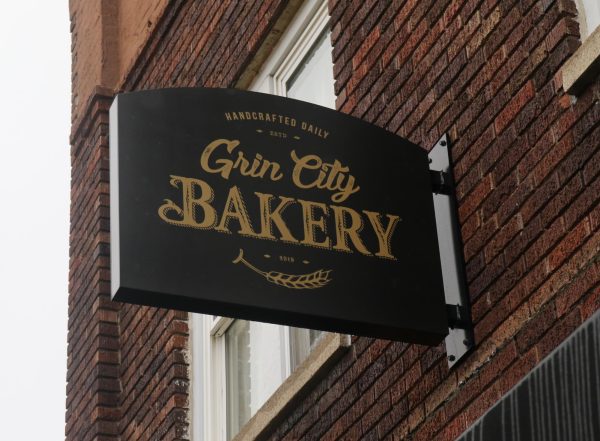
Unlike my home state, Massachusetts, darling of the Democratic Party, Iowa’s unlikely Obama-Obama-Trump-Trump shade of maroon reveals how campaigning reflects and constructs our political narratives in real time. Sometimes it’s easy to spot — particularly when it causes uproar at our local coffeehouse — looking at you, Vivek Ramaswamy. More subtle — bombastic messages that slip into our lives merely as background noise, like local news ads babbling overhead as I hand out blueberry old-fashioneds during early morning shifts.
In 1952, a brilliant Eisenhower strategist realized that 20 to 60 second commercials could reach more voters at lower costs than traditional televised speeches. Adlai Stevenson, Eisenhower’s Democratic opponent that year, admonished, “The idea that you can merchandise candidates for high office like breakfast cereal is the ultimate indignity to the democratic process.” If you’ve never heard of Stevenson, it’s likely because he lost the presidency both times he ran. This idea turned broadcast television from apolitical entertainment into a formidable machine, a stage on which to choreograph America’s dirtiest political ballets.
Consume enough ads, even inadvertently, and you’ll notice aesthetic differences between the two major parties. Democrats, emphasizing the expansive horizons of a progressive platform, deploy bright colors, natural light and softened fonts, often recruiting “ordinary Americans” as stars. Though vague, placid and performatively virtuous, ads for Democratic candidates usually involve less fearmongering than those for their conservative counterparts.
Republicans prefer dark aesthetics, aggressive signage and urgent language, decrying apocalyptic prophecies about economic or social icebergs lying just ahead. They tend to be surrealist and extreme, as if a sketch comedy group stole the original script and replaced it with their own materials. What else could explain how Senator Joni Ernst wound up in a pigpen, unironically delivering the tagline “make ‘em squeal!”? No one has less respect for Republicans than Republican politicians, I sometimes think. Others, many of my favorite customers included, would say the same is true for the Dems.
The 21st century moved political discourse online to websites, podcasts, social networks and the digital world. Today, broadcast viewership plummets with each passing year, and the number of plausible swing voters shrinks annually amidst an increasingly polarized electorate. Experts projected the political expediency of broadcast television would dwindle in response to these trends.
Curiously, campaign dollars continue to flow into the broadcast strata at record highs. Why?
Local broadcast channels remain marketable and malleable because they impose few regulations on commercials. Although the Federal Communications Commission (FCC) requires that sponsored content must identify its sponsors, these rules are murky and inconsistently applied. For instance, the FCC overwhelmingly failed to adapt its policies to the rise of monied independent political action committees (Super PACs), leaving “sponsorship” a vague, amorphous concept. And where private media companies filter content and regulate (mis)information at their discretion, platforms that rely on public airwaves for transmission allow advertisers to purport most ideas under the convenient framework of free speech.
Where campaigning is otherwise coy, calculated and increasingly customized to voters, broadcast remains a realm where politicians can throw spaghetti against the wall. Anyone who happens to be in the bakery when the commercial happens to air becomes the propaganda’s prey, and I can’t help but notice something democratizing in the shamelessness of this endeavor.
Most media I consume is delivered directly by faceless computer programs, with zero stakes beyond quarterly growth incentives which have cherry-picked that content specifically for me. My peers and I — the first generation of iBabies who grew in size, sophistication and political influence as the Metaverse did exactly the same — exist in echo chambers of our own creation. When content fails to cohere with a prescribed worldview, it just takes a click to permanently oust it and prevent similar content from invading one’s media ecosystem ever again.
For 60 seconds, these ads offer a glimpse into the priorities that shape my neighbors’ politics, the belief systems that govern their political lives. As if on trial, both sides present their version of America to broadcast viewers, leaving it up to us to determine which story we believe. In a universe controlled by algorithms — the universe of QAnon rabbit holes and Cambridge Analytica — this is a charmingly antiquated idea.
No television ad has altered my views on any political topic. I’d be surprised if a television ad ever does. But I wonder if they have left me any more curious about what is important to the people with whom I share my complicated country. Not merely targetless but deliberately designed to appeal to the masses, broadcast television resembles the bakery in which I watch it — accessible, nostalgic and a rare space that still tries to reach across the chasm. Broadcasted commercials may be the final flickers of America’s fading faith in moral universalism — relics from a bygone era in which we still had the openness to, occasionally, change our minds.


















































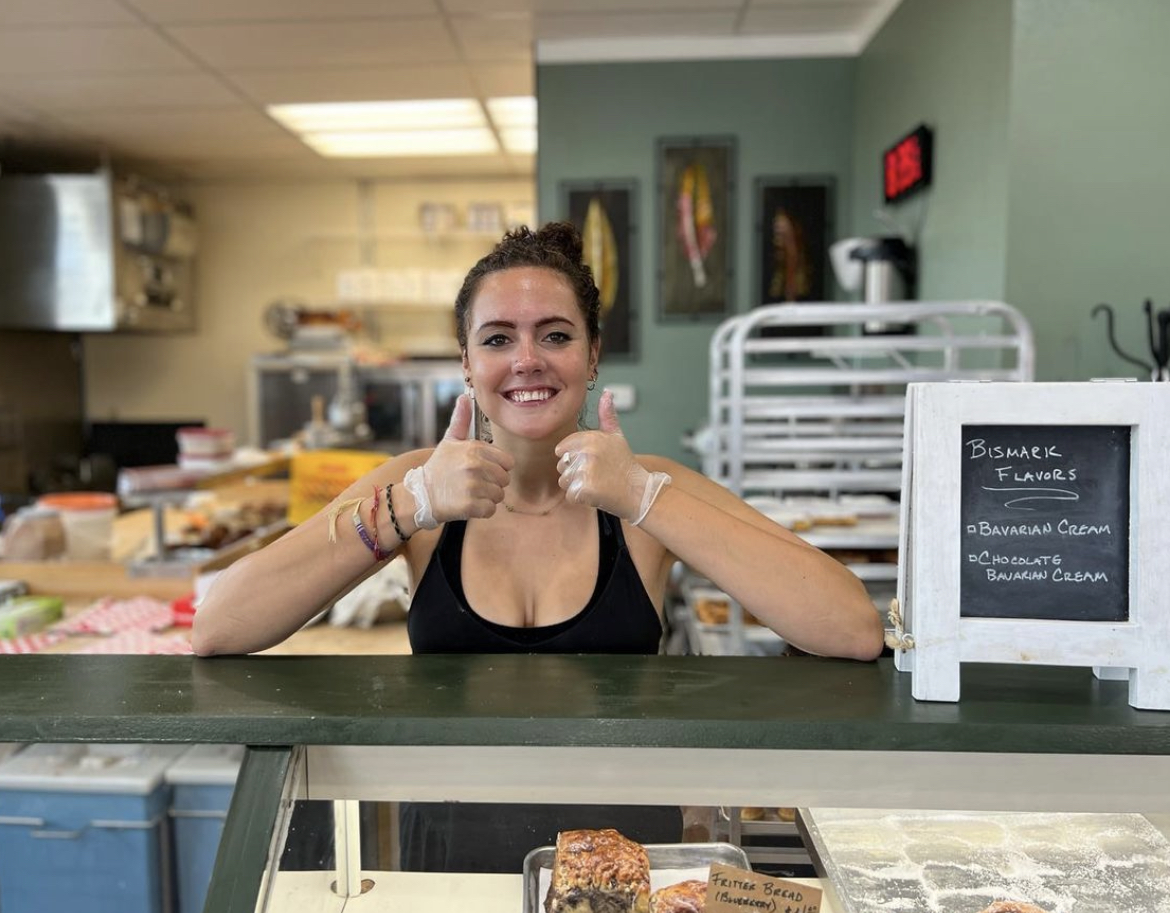
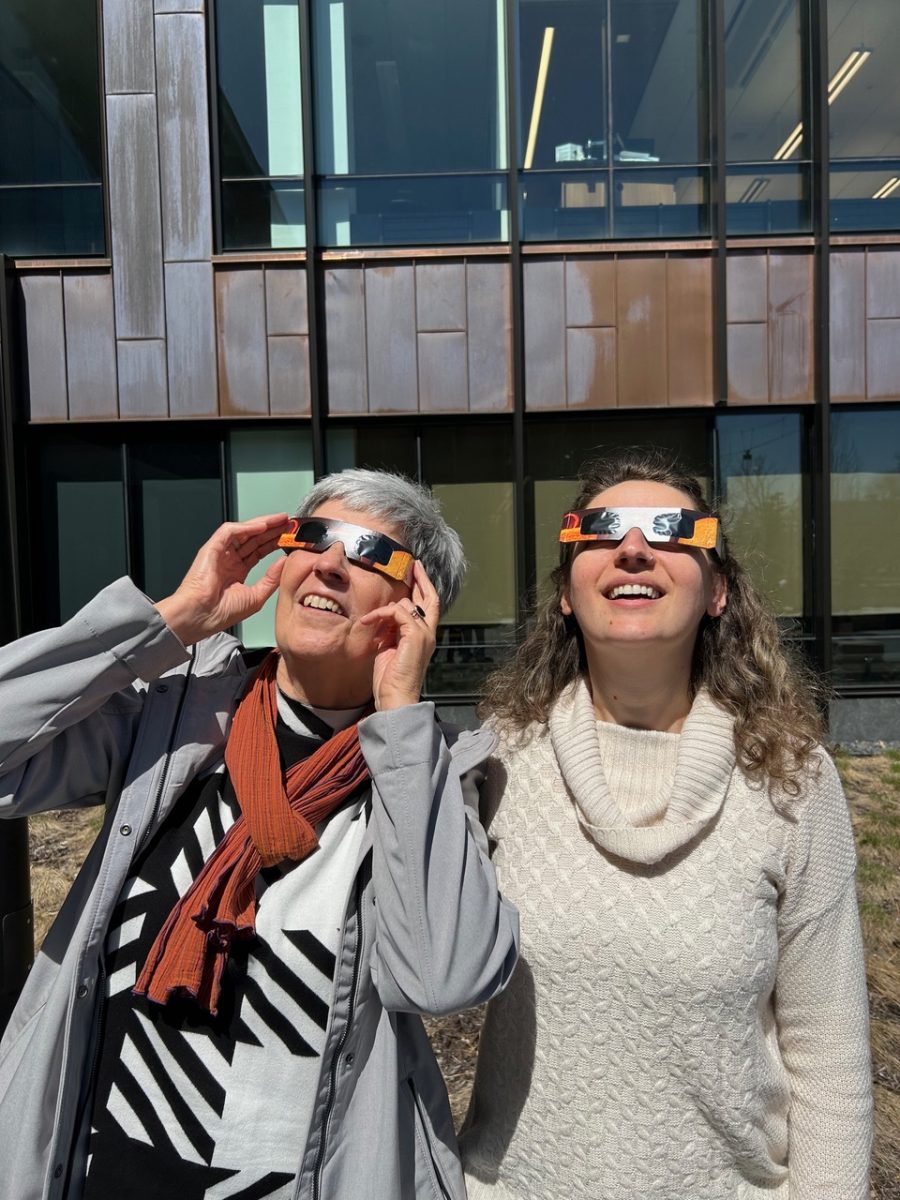
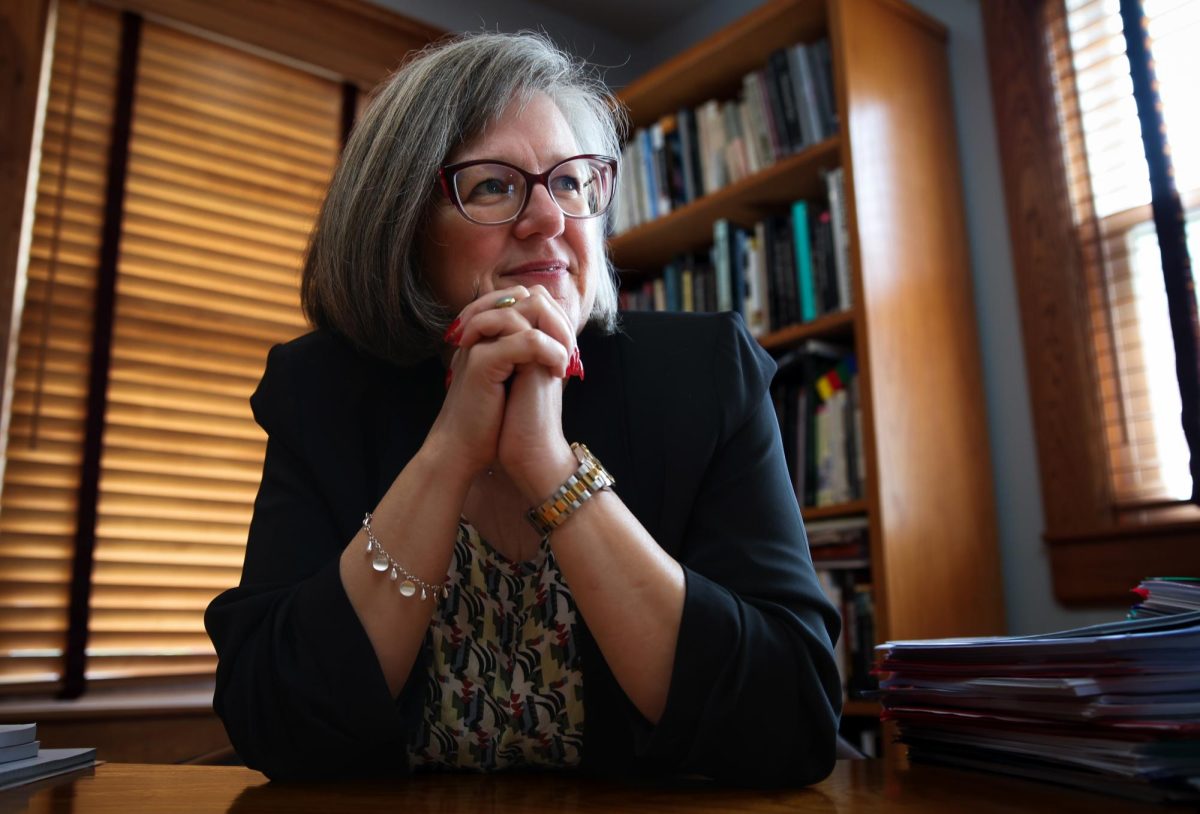
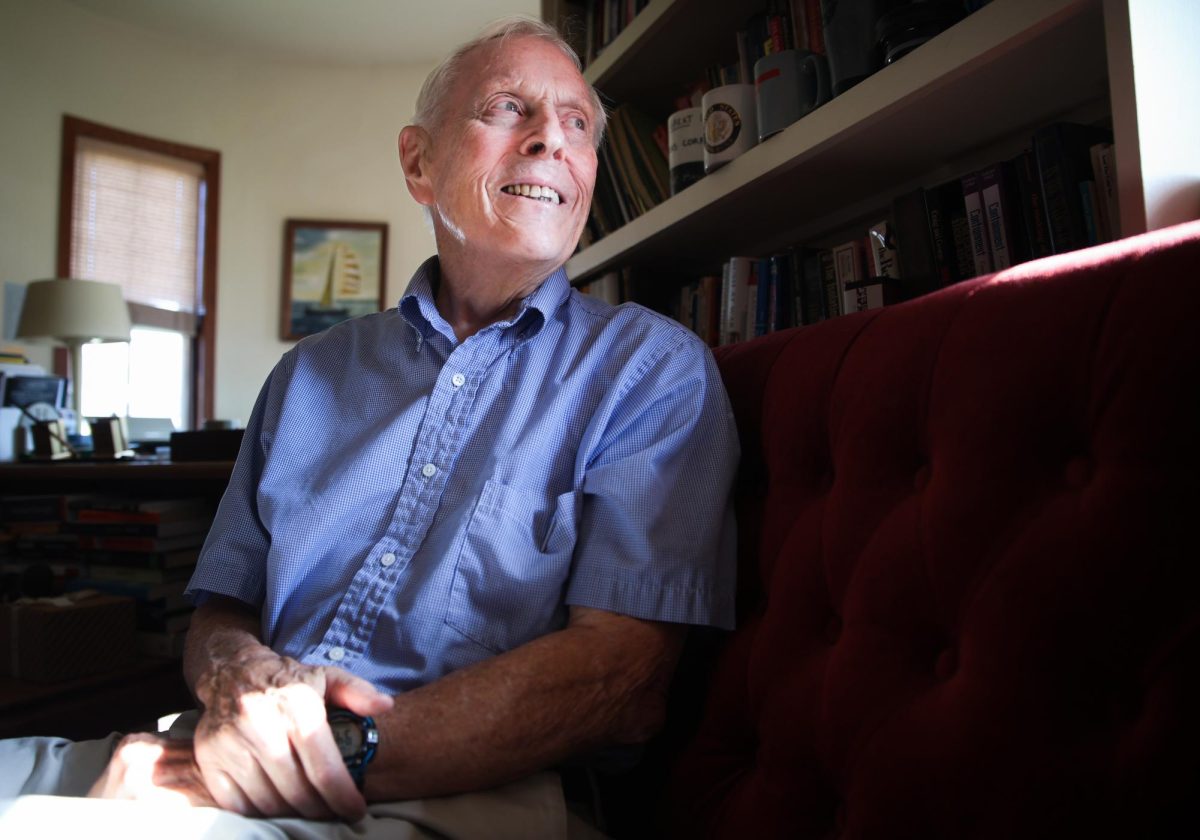

jennifer wade • Feb 14, 2024 at 8:54 pm
Terrific piece!
Brady • Feb 7, 2024 at 12:26 pm
Great piece. Super interesting read.
Laura Ferguson • Feb 7, 2024 at 8:45 am
I loved reading your piece! Thanks for sharing your thoughts. Laura Ferguson ‘90.